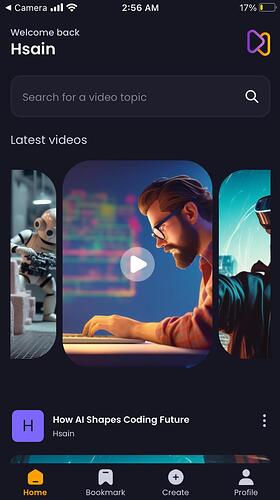Day 20 of 100daysofcode : Scaling a Web Application
- What is Scaling?
Scaling refers to increasing the capacity of a web application to handle more users, traffic, and data efficiently. A well-scaled application remains fast, responsive, and reliable even under high demand.
- Types of Scaling
2.1. Horizontal Scaling (Scaling Out):
- Adds more servers or instances to distribute the load.
- Used by cloud providers like AWS, Google Cloud, and Azure.
- Example: A load balancer distributes traffic between multiple servers.
2.2. Vertical Scaling (Scaling Up):
- Upgrades the existing server’s CPU, RAM, or storage to handle more traffic.
- Easier but has a limit (hardware constraints).
- Example: Increasing RAM from 8GB to 32GB on a server.
2.3. Auto Scaling
- Dynamically adds or removes resources based on demand.
- Example: AWS Auto Scaling increases instances when traffic spikes.
- Why is Scaling Important?
3.1. Handles High Traffic: Prevents crashes when user numbers increase.
3.2. Improves Performance: Faster response times, better user experience.
3.3. Cost-Effective: Pay for resources only when needed (cloud-based scaling).
3.4. Ensures Reliability: Reduces downtime by distributing load.
- How to Scale Your MERN App?
4.1. Use Nginx as a reverse proxy to distribute traffic.
4.2. Store session data in Redis instead of memory.
4.3. Deploy on AWS or DigitalOcean with auto-scaling.
4.4. Optimize database with indexes and sharding.
4.5. Use CDN for serving static assets (images, CSS, JS).
- Conclusion:
Scaling is essential for building high-performance, cost-effective, and reliable web applications. Understanding when to use horizontal vs vertical scaling, caching, load balancing, and database optimization helps ensure your app runs smoothly, even with millions of users.
